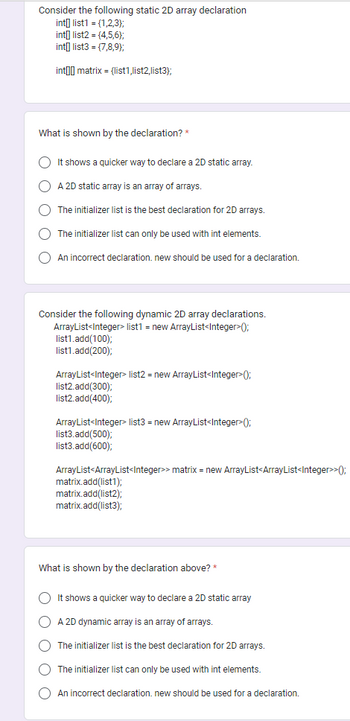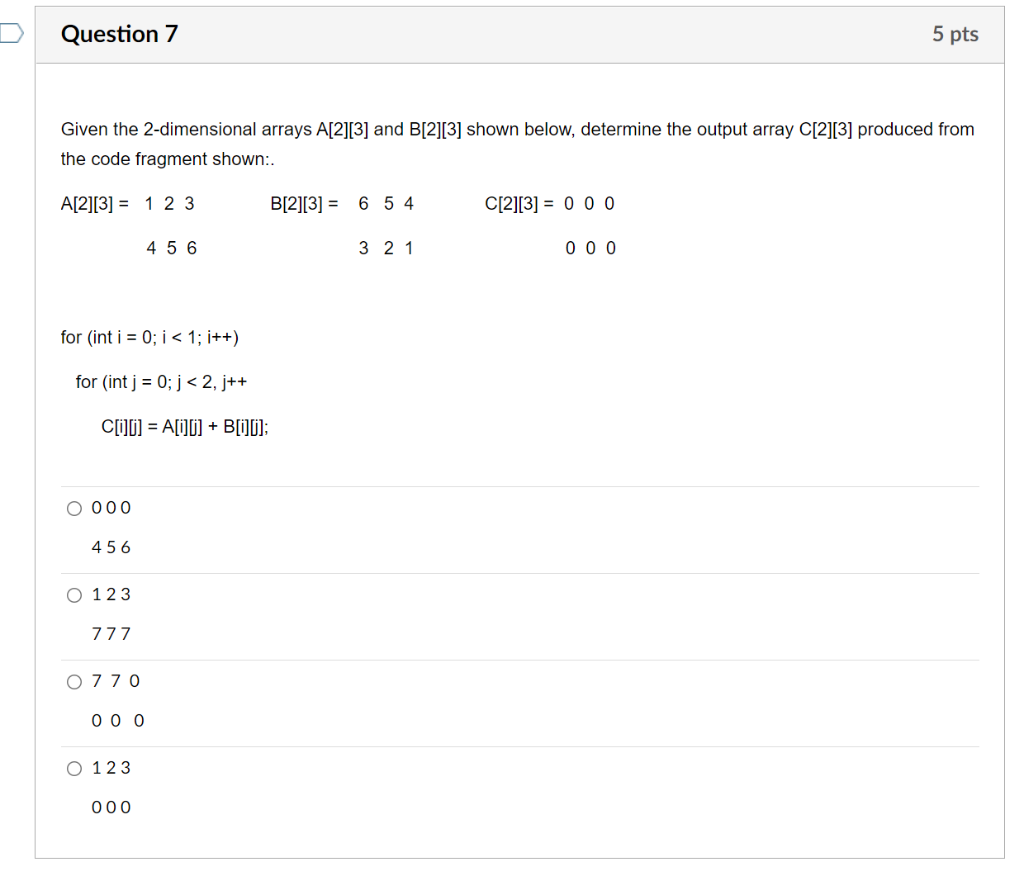
Appreciate the remarkable classic beauty of array of objects in c++ | declare & initialise (+ examples) unstop through substantial collections of timeless images. honoring the classic elements of photography, images, and pictures. designed to preserve cultural significance. Our array of objects in c++ | declare & initialise (+ examples) unstop collection features high-quality images with excellent detail and clarity. Suitable for various applications including web design, social media, personal projects, and digital content creation All array of objects in c++ | declare & initialise (+ examples) unstop images are available in high resolution with professional-grade quality, optimized for both digital and print applications, and include comprehensive metadata for easy organization and usage. Explore the versatility of our array of objects in c++ | declare & initialise (+ examples) unstop collection for various creative and professional projects. Instant download capabilities enable immediate access to chosen array of objects in c++ | declare & initialise (+ examples) unstop images. Cost-effective licensing makes professional array of objects in c++ | declare & initialise (+ examples) unstop photography accessible to all budgets. Advanced search capabilities make finding the perfect array of objects in c++ | declare & initialise (+ examples) unstop image effortless and efficient. Our array of objects in c++ | declare & initialise (+ examples) unstop database continuously expands with fresh, relevant content from skilled photographers.











20230925072734.png)
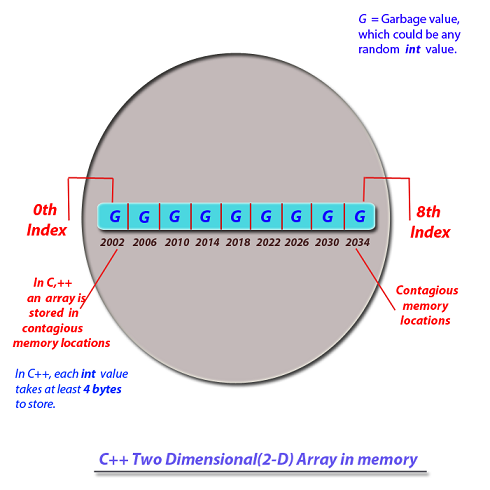
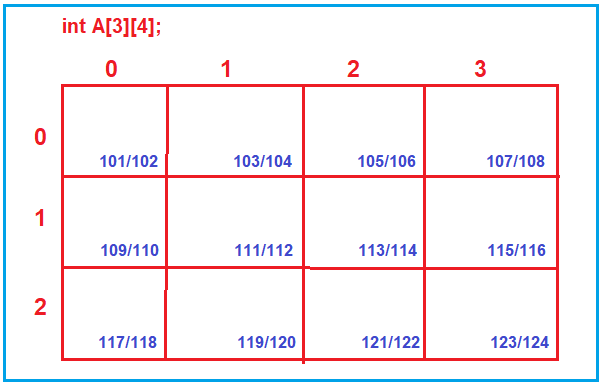
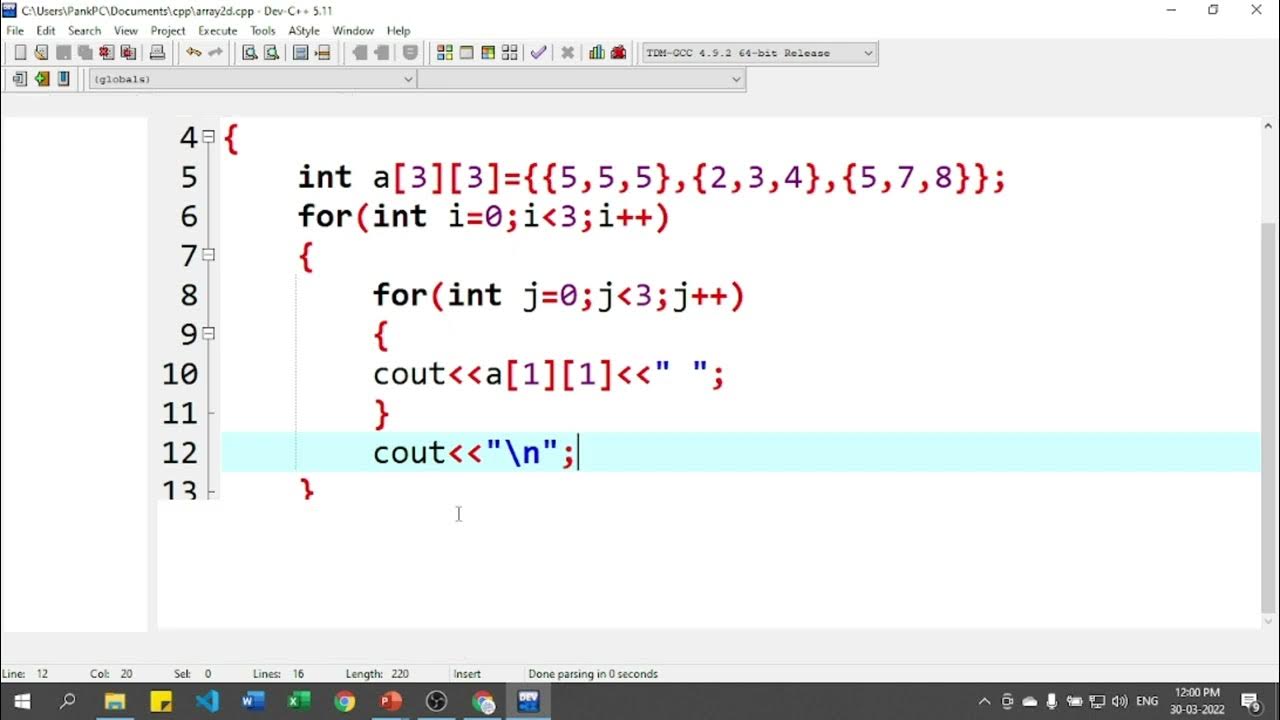
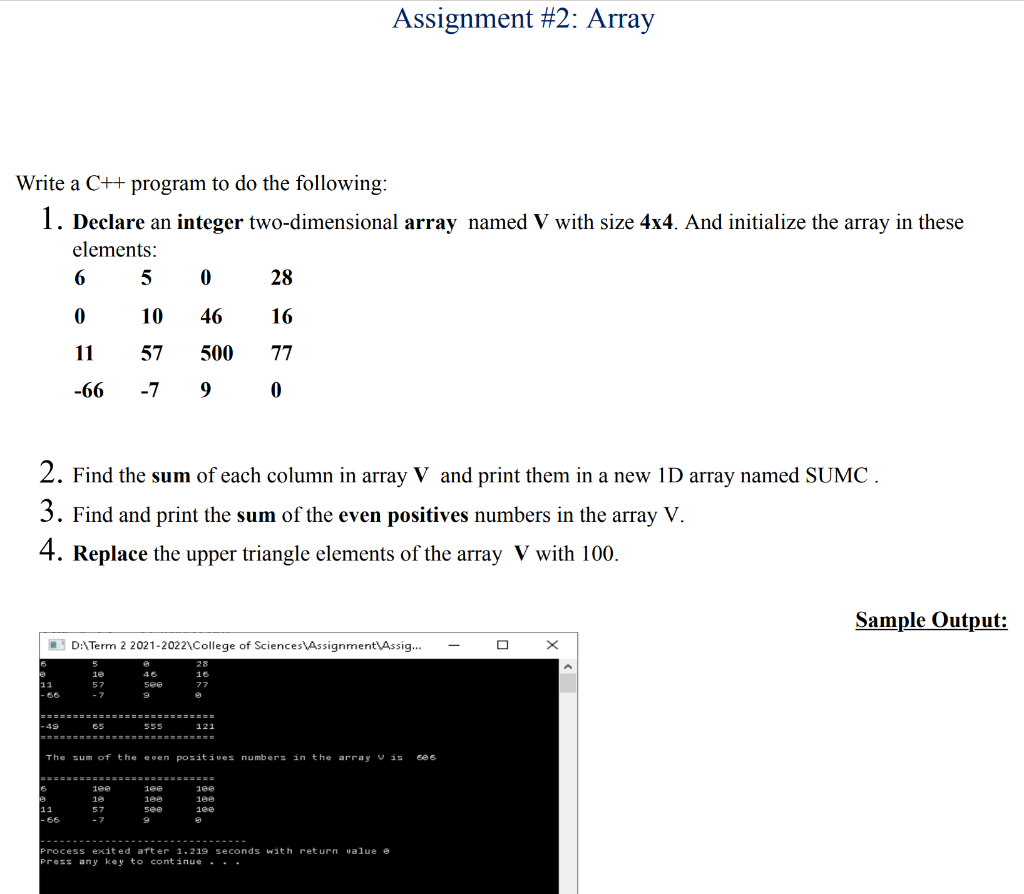


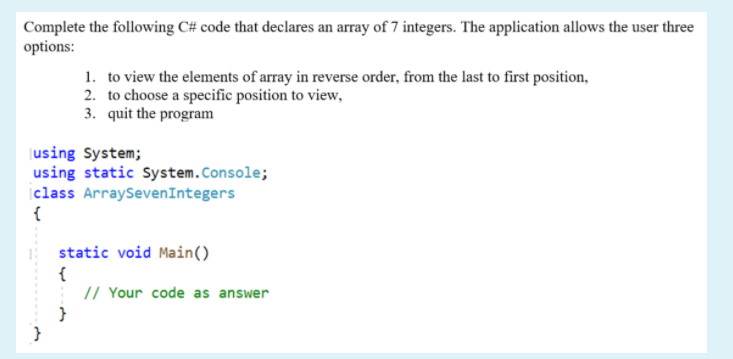



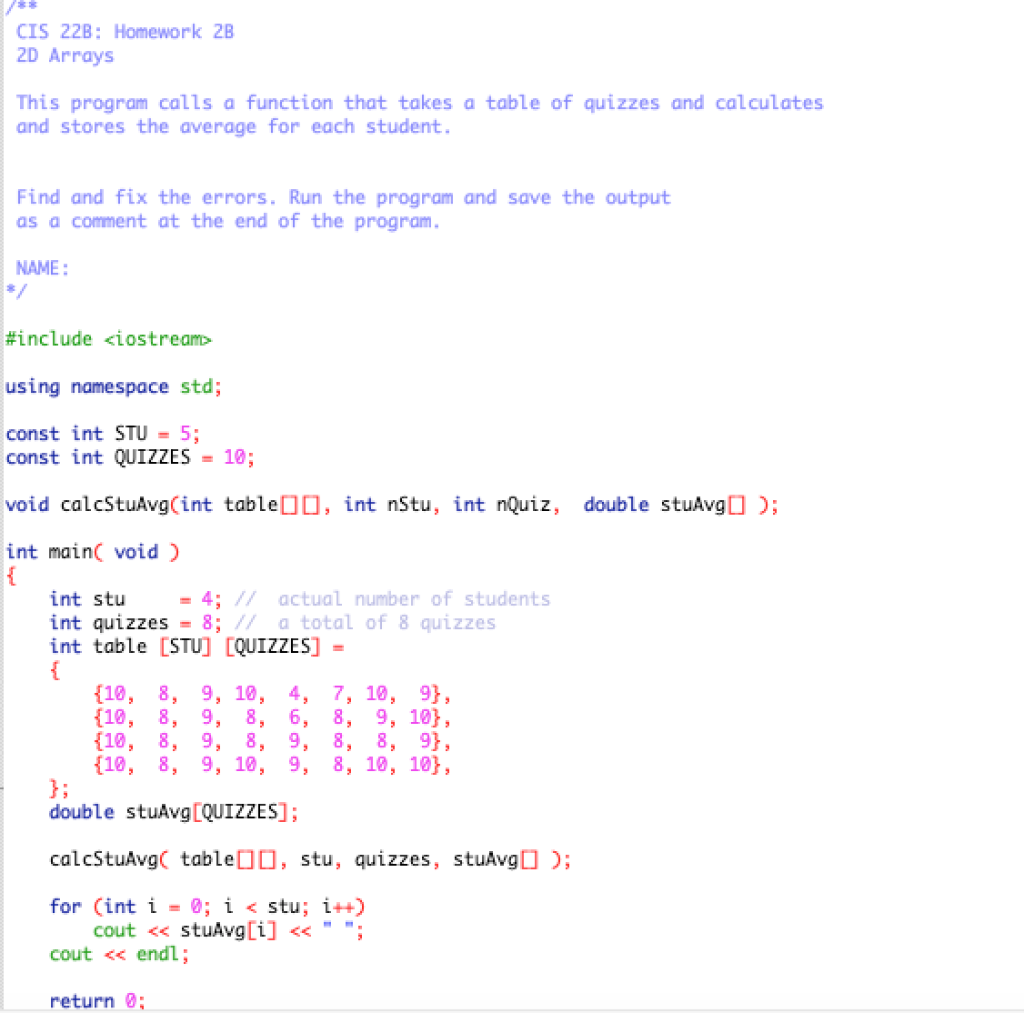


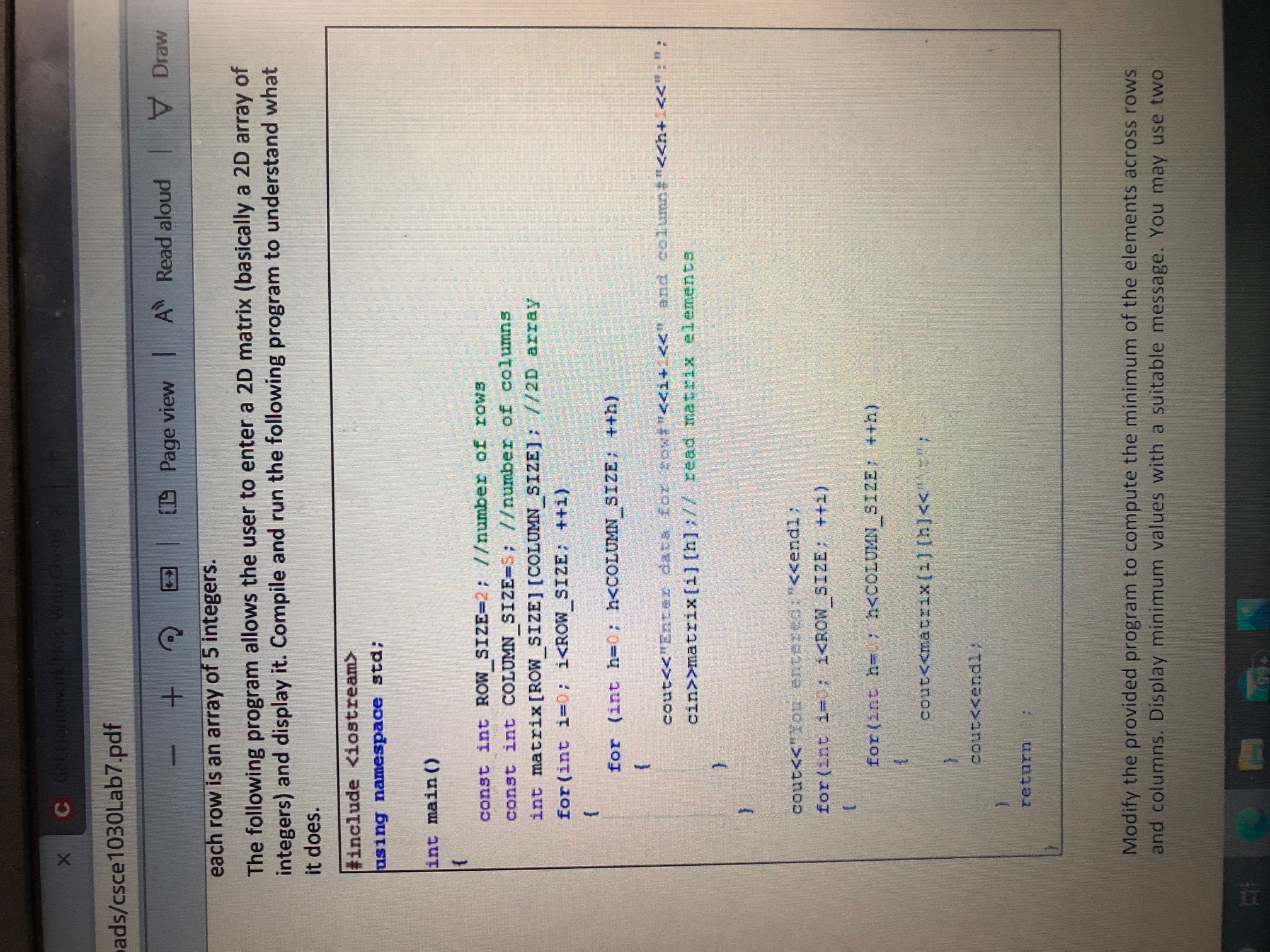


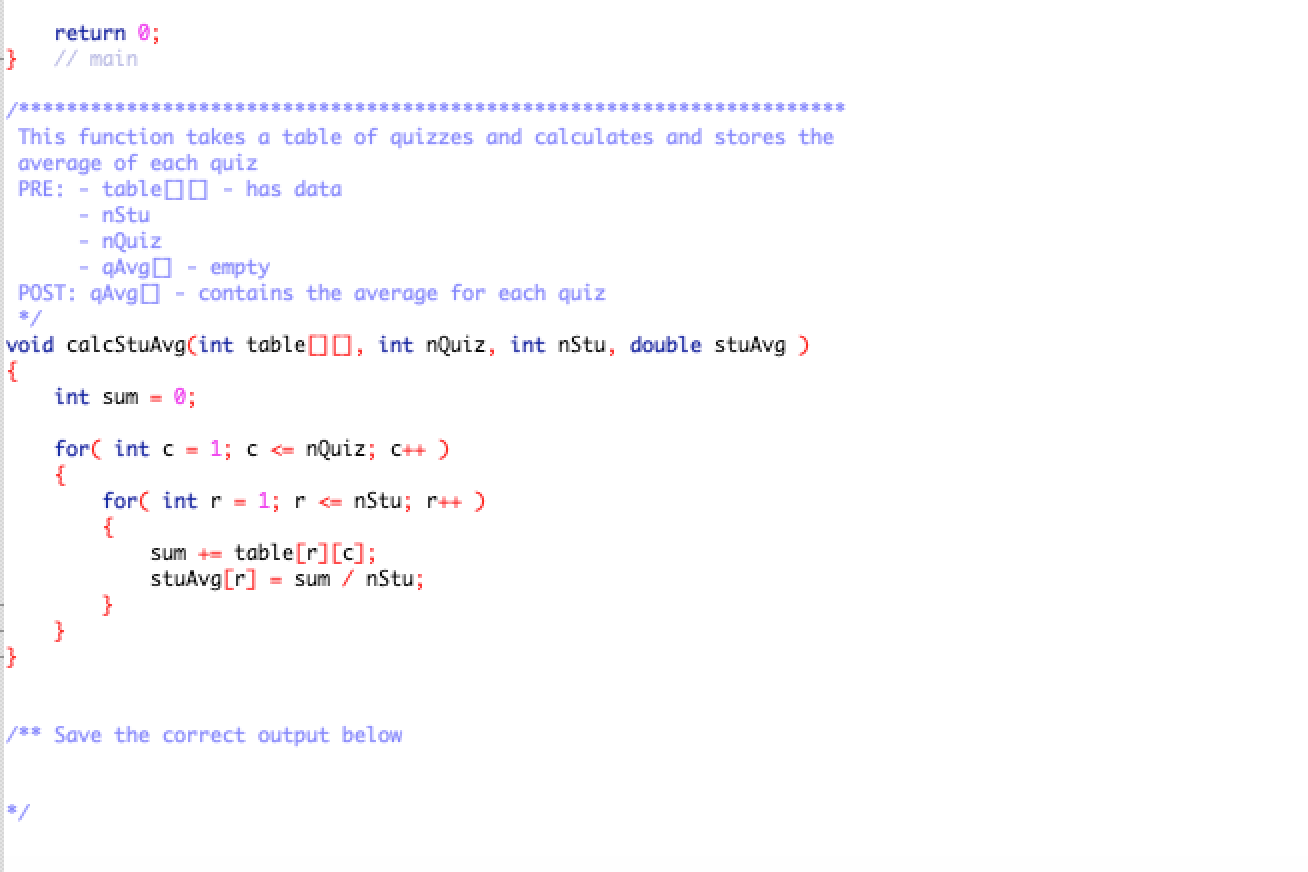



![Classes in C++: Declaration And Implementation of Classes [Updated]](https://mavink.com/images/loadingwhitetransparent.gif)



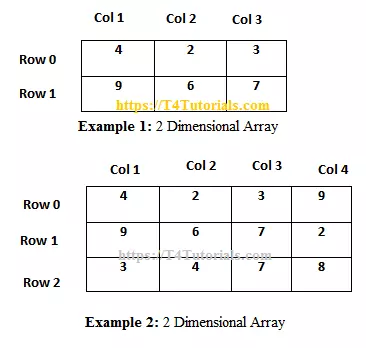


![Queue Implementation Using Array: Your One-Stop Solution [Updated]](https://www.simplilearn.com/ice9/free_resources_article_thumb/C%2B%2B_code2-Queue_Implementation_Using_Array.png)


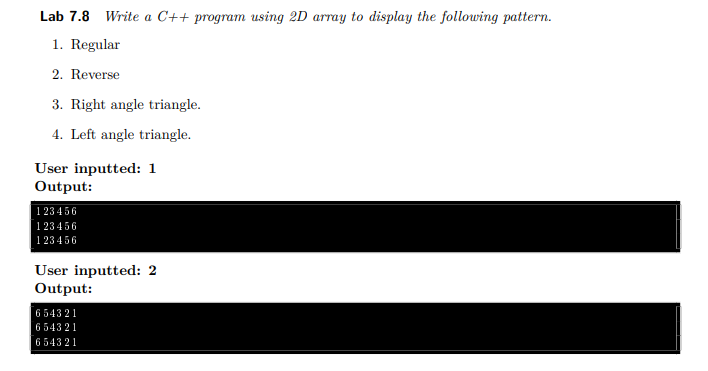









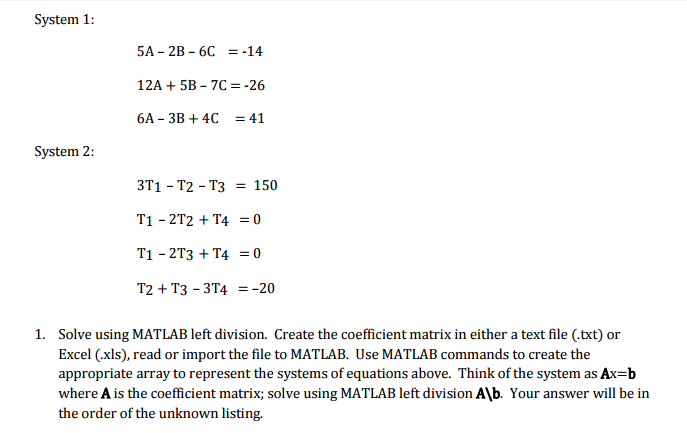

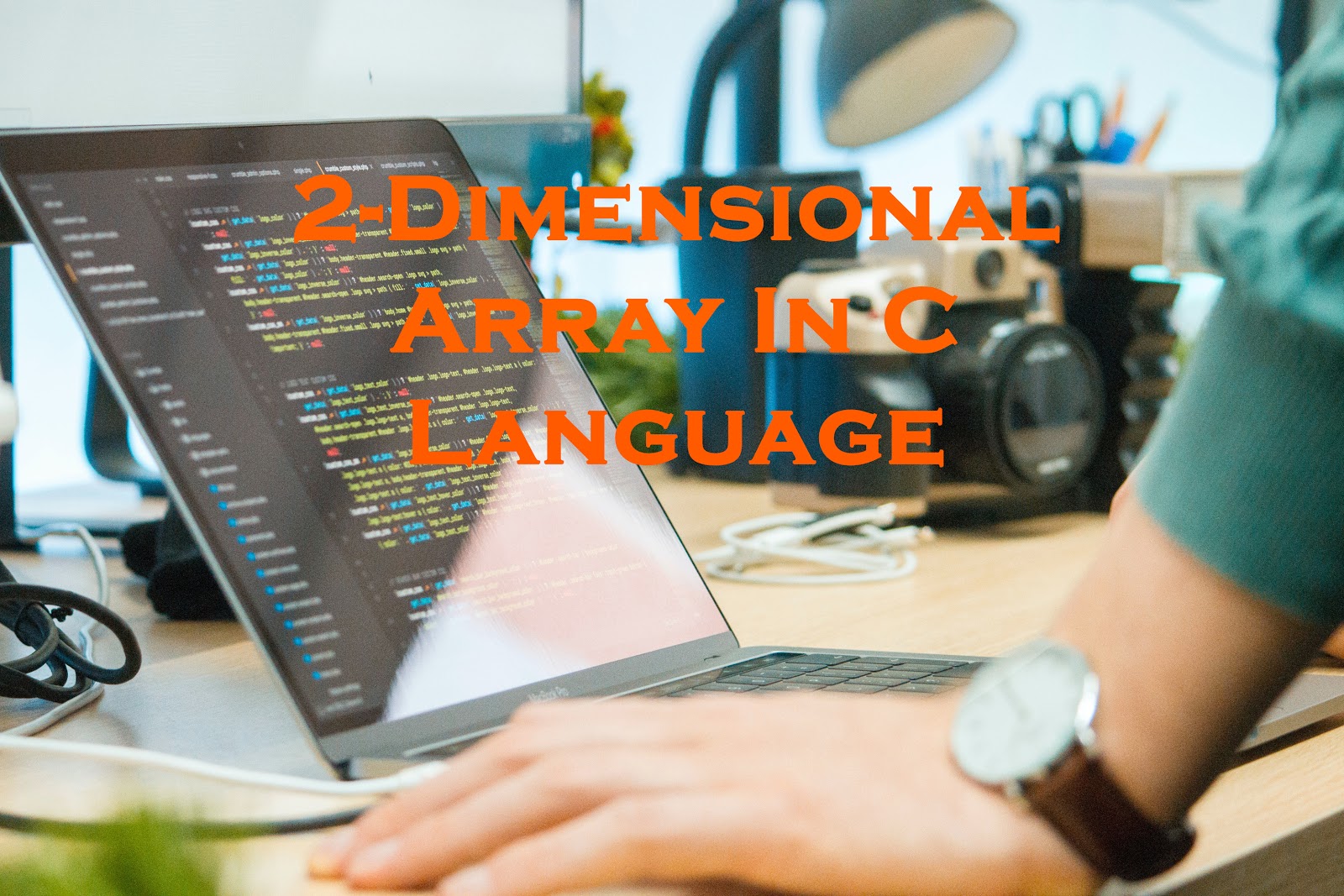

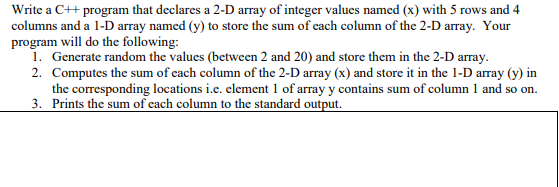




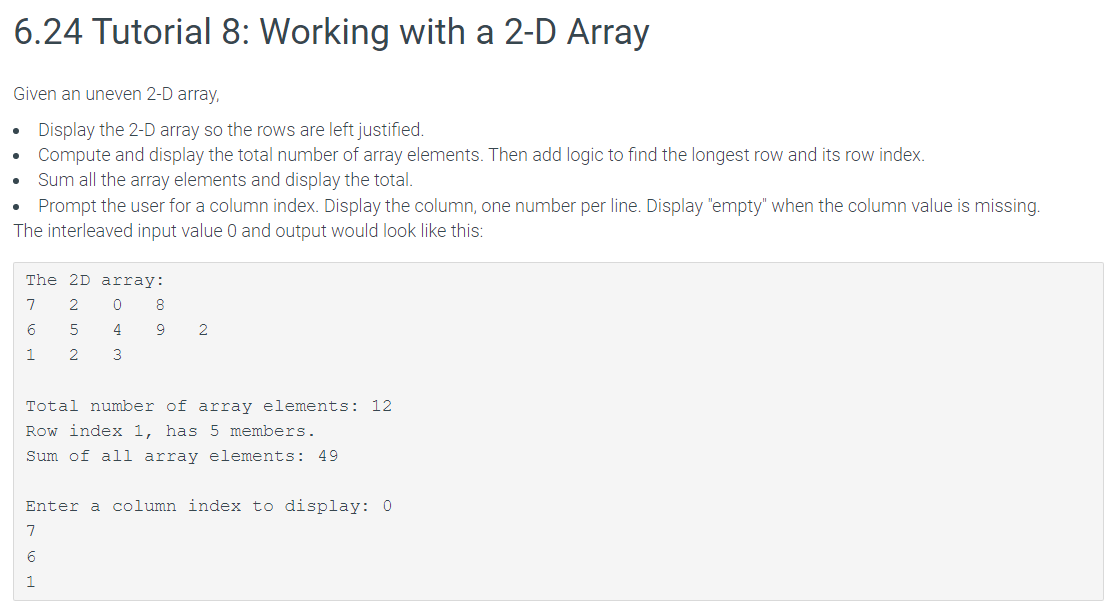
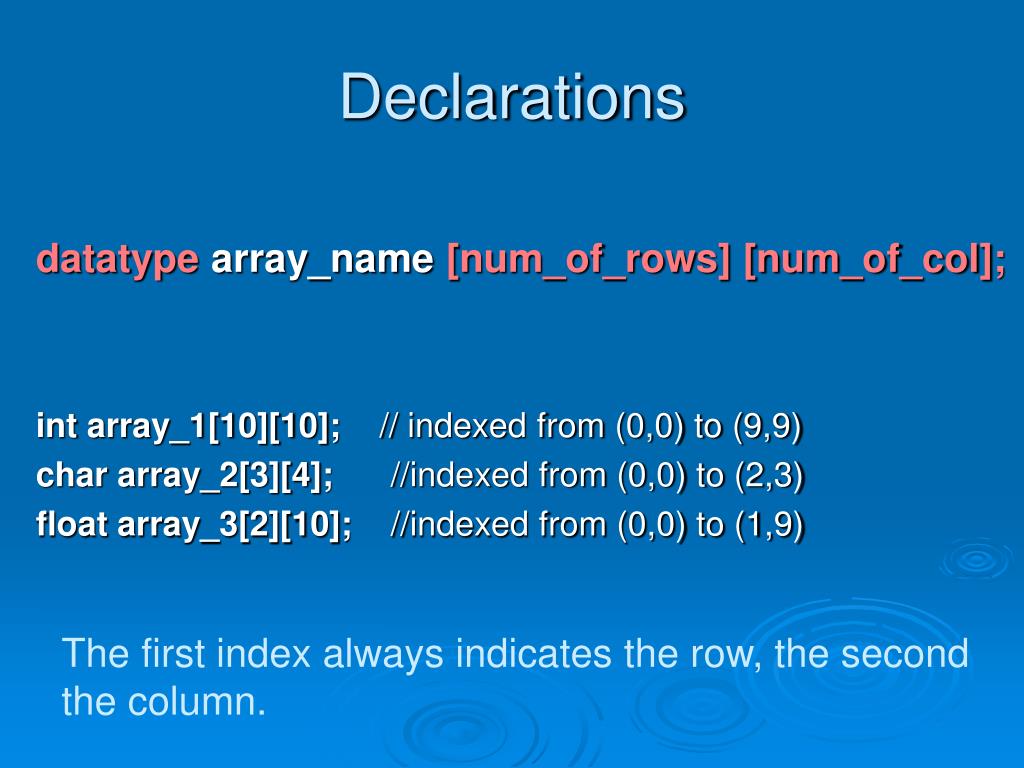



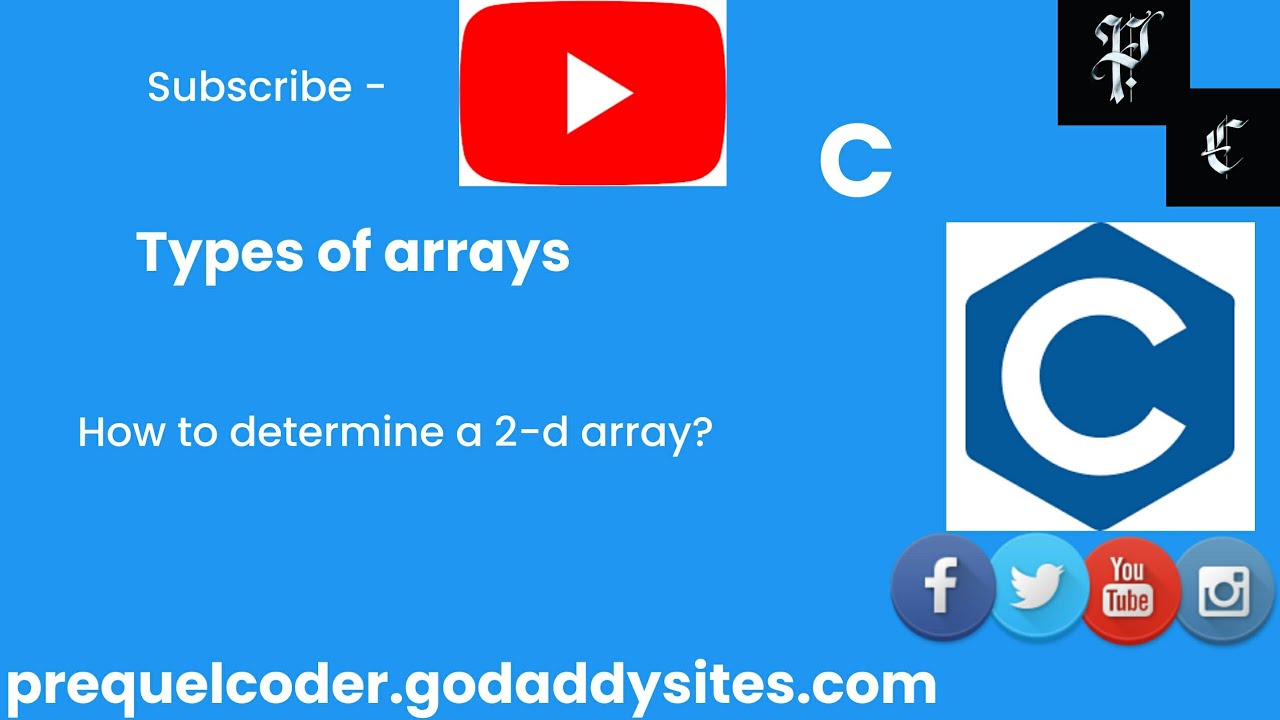



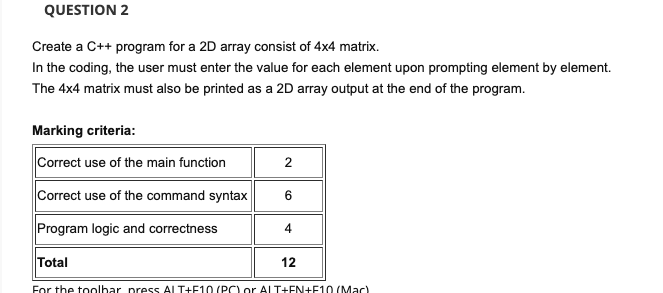


![Solved A 2D array is declared as follows: long a[10][14]; | Chegg.com](https://media.cheggcdn.com/media/c52/c52818ee-2cac-4715-9836-317325f9e4ec/phpfbGl7D.png)




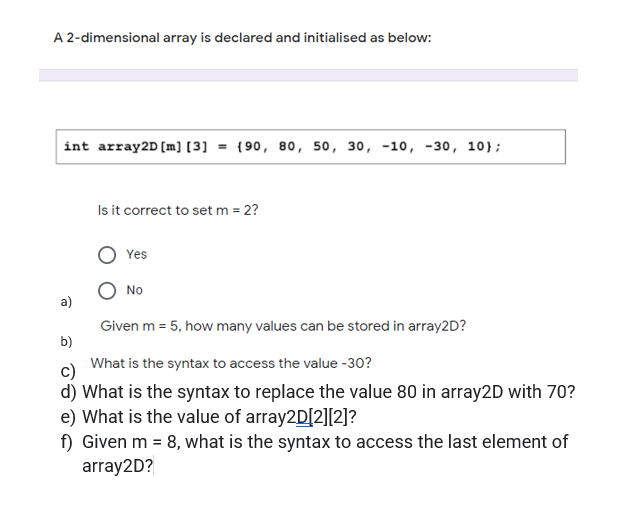


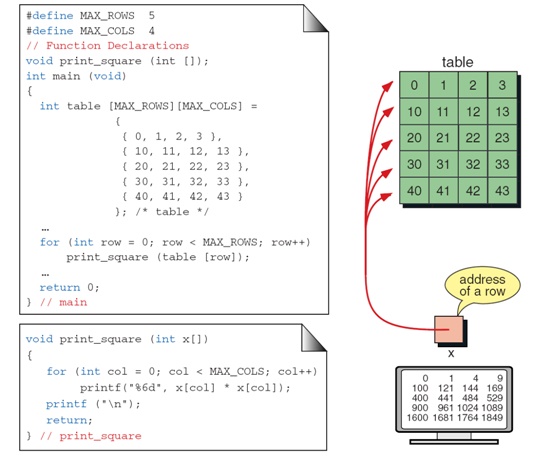


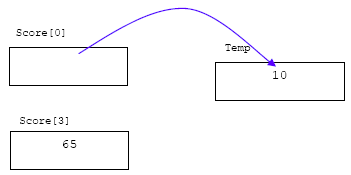
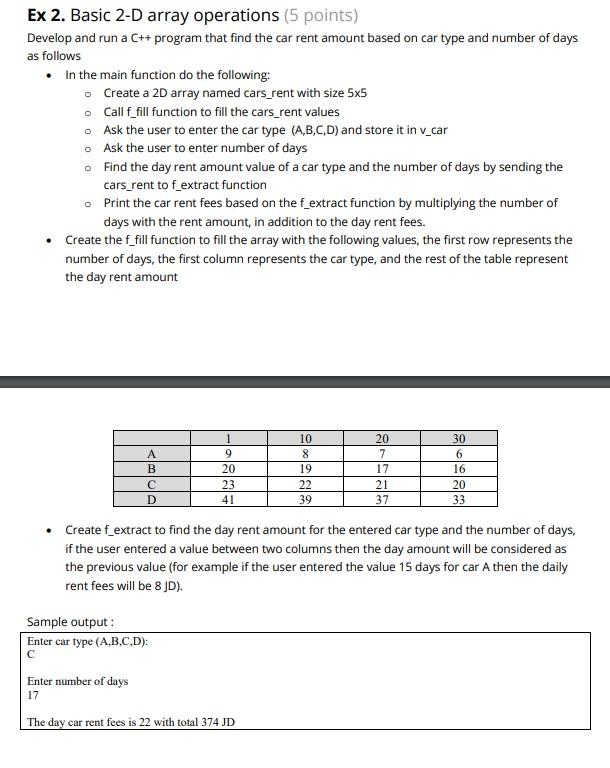
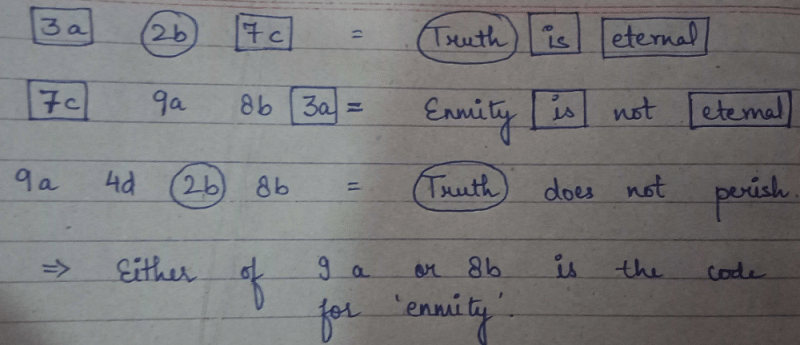




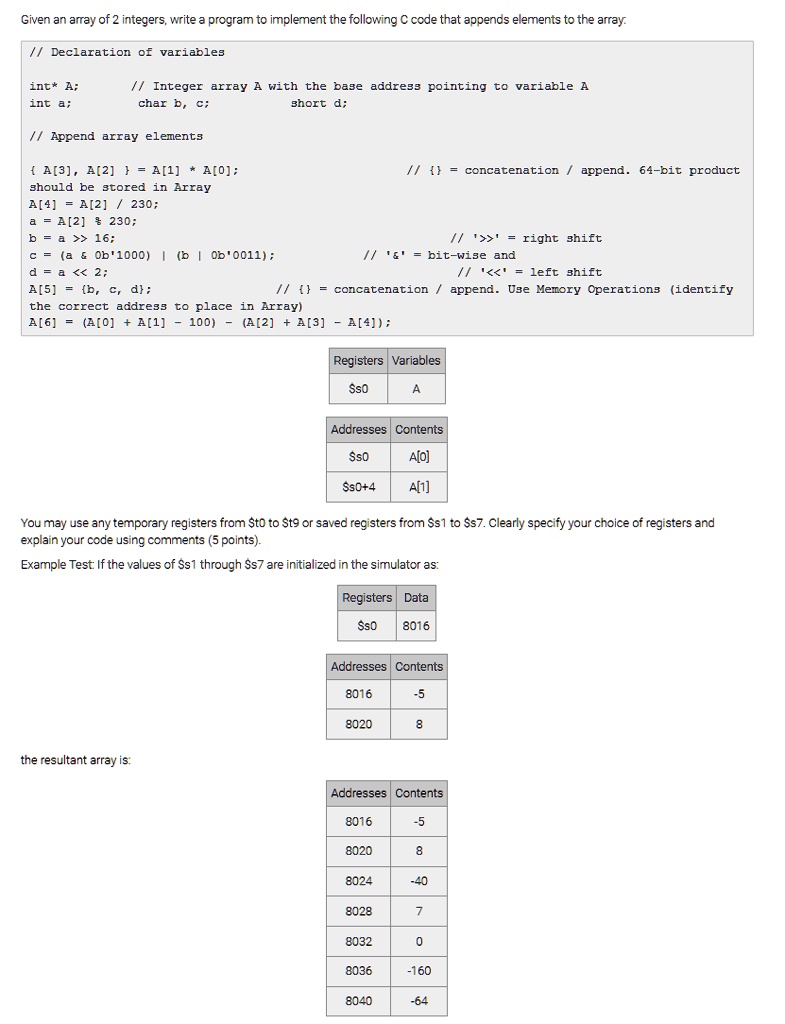








![Prove: |[a-b-c,2a,2a],[2b,b-c-a,2b],[2c,2c,c-a-b]|=(a+b+c)^3](https://static.doubtnut.com/ss/web/6558289.webp)



